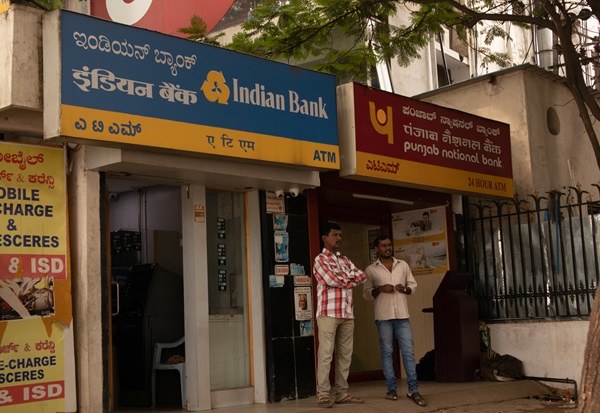.png)

Sujit Kumar is Chief Economist at National Bank for Financing Infrastructure and Development.
July 23, 2025 at 8:43 AM IST
For nearly three years after the pandemic, India’s macroeconomic story seemed to write itself. Growth held firm near 7.8%, inflation gradually cooled, and the fiscal glide path held steady. Against this backdrop, the Indian banking sector delivered a near-perfect run: double-digit loan growth, rising margins, and falling stress ratios. It was, by most measures, a textbook recovery.
That fairy tale may be ending.
But early signals suggest the banking cycle has already turned. Credit growth has slowed to single digits and now lags deposit mobilisation. Net interest margins are narrowing. Asset quality, though still manageable, has begun to slip. And with the Reserve Bank of India already delivering 100 basis points of rate cuts this year, the pressure on earnings will likely intensify. Most Indian bank loans are benchmarked to the repo rate and reprice quickly. Deposits, by contrast, respond with a lag—creating a swift and painful squeeze on spreads.
June-quarter earnings confirm the trend. A sample of 14 large banks, representing 40% of system assets, saw net interest income shrink 1.7% sequentially and grow only 4.1% from a year earlier. Non-performing assets have also inched up—gross NPAs rose 2.5%, and net NPAs jumped 6.5% from the previous quarter. While not alarming, this reversal marks a decisive break from the clean-up cycle that began after the COVID shock.
Cycle Turns
The structural signals are also flashing yellow. With economic momentum easing and capex intentions subdued, corporate borrowers are sitting on cash. Cheaper funding options in the bond market have further reduced their reliance on banks. This has pushed lenders down the credit quality curve, where incremental loans often come with inadequate risk premia. We've seen this movie before—aggressive lending into a slowing economy—and it rarely ends well.
Public sector banks, once weighed down by legacy NPAs, had staged a remarkable turnaround—clocking faster credit growth (12.2% year-on-year) than private peers (9.8% YoY) in 2024-25. But even they are now running out of lending avenues. Meanwhile, private banks, focused on shoring up liabilities, had aggressively chased deposits—often at premium rates. That pricing pressure is now coming home to roost.
Retail lending, which had powered the post-pandemic credit recovery, is showing signs of saturation. Public sector banks remain active in this space, but there are limits to how many personal loans can be recycled. The RBI’s latest Financial Stability Report notes that one-third of new home loans are to existing borrowers—an unmistakable marker of plateauing demand. Banks, under pressure to grow, may double down on unsecured lending just as credit discipline begins to fray.
Compounding the risk is a regulatory easing that may prove premature. The RBI’s recent relaxation of risk weights for consumer credit and SME loans may have been aimed at supporting growth. But in practice, it risks fuelling a fresh wave of reckless lending just as the economy enters a softer phase. Lenders chasing growth in a slowing economy have few good choices—unless they choose to prioritise prudence over performance.
The only bright spot, for now, is the flow of credit to micro and small enterprises, aided by credit guarantees. But that comfort is illusionary. Guarantees may shift risk from banks to the sovereign, but they do not eliminate it. If anything, they could mask the early signs of distress and delay timely recognition of stress.
All of this points to a maturing phase of the banking cycle. Growth is still possible, but it will come with thinner margins and higher risk. The RBI, for its part, must resist the temptation to overstimulate. Rate cuts, if overdone, could amplify the very risks the system seeks to avoid: margin compression, asset quality stress, and credit mispricing.
The Indian banking system has emerged stronger from the last decade’s clean-up and reform cycle. It would be unfortunate to slip back into old habits just as a new challenge presents itself. This time, the imperative is not to lend more, but to lend better.
The boom is ending. Now begins the test of discipline.




